Country
Operator Image
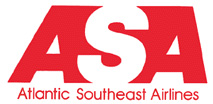
Crash of an Embraer EMB-120RT Brasília in Carrollton: 8 killed
Date & Time:
Aug 21, 1995 at 1253 LT
Registration:
N256AS
Survivors:
Yes
Schedule:
Atlanta - Gulfport
MSN:
120-122
YOM:
1989
Flight number:
EV529
Crew on board:
3
Crew fatalities:
Pax on board:
26
Pax fatalities:
Other fatalities:
Total fatalities:
8
Captain / Total hours on type:
7374.00
Copilot / Total hours on type:
363
Aircraft flight hours:
17151
Aircraft flight cycles:
18171
Circumstances:
Atlantic Southeast Airline Flight 529 was climbing through 18,000 feet, when a blade from the left propeller separated. This resulted in distortion of the left engine nacelle, excessive drag, loss of wing lift, and reduced directional control. The degraded performance resulted in a forced landing. While landing, the airplane passed through trees, impacted the ground, and was further damaged by post impact fire. An exam of the left propeller revealed the blade had failed due to a fatigue crack that originated from multiple corrosion pits in the taper bore surface of the blade spar. The crack had propagated toward the outside of the blade and around both sides of the taper bore. Due to 2 previous blade failures (separations), a borescope inspection procedure had been developed by Hamilton Standard to inspect returned blades (that had rejectable ultrasonic indications) for evidence of cracks, pits and corrosion. The accident blade was one of 490 rejected blades that had been sent to Hamilton Standard for further evaluation and possible repair. Maintenance technicians, who inspected the blade, lacked proper NDI familiarization training and specific equipment to identify the corrosion that resulted in fatigue. The captain and seven passengers were killed.
Probable cause:
The in-flight fatigue fracture and separation of a propeller blade resulting in distortion of the left engine nacelle, causing excessive drag, loss of wing lift, and reduced directional control of
the airplane. The fracture was caused by a fatigue crack from multiple corrosion pits that were not discovered by Hamilton Standard because of inadequate and ineffective corporate inspection and repair techniques, training, documentation, and communications. Contributing to the accident was Hamilton Standard's and FAA's failure to require recurrent on-wing ultrasonic inspections of the affected propellers. Contributing to the severity of the accident was the overcast cloud ceiling at the accident site.
the airplane. The fracture was caused by a fatigue crack from multiple corrosion pits that were not discovered by Hamilton Standard because of inadequate and ineffective corporate inspection and repair techniques, training, documentation, and communications. Contributing to the accident was Hamilton Standard's and FAA's failure to require recurrent on-wing ultrasonic inspections of the affected propellers. Contributing to the severity of the accident was the overcast cloud ceiling at the accident site.
Final Report:
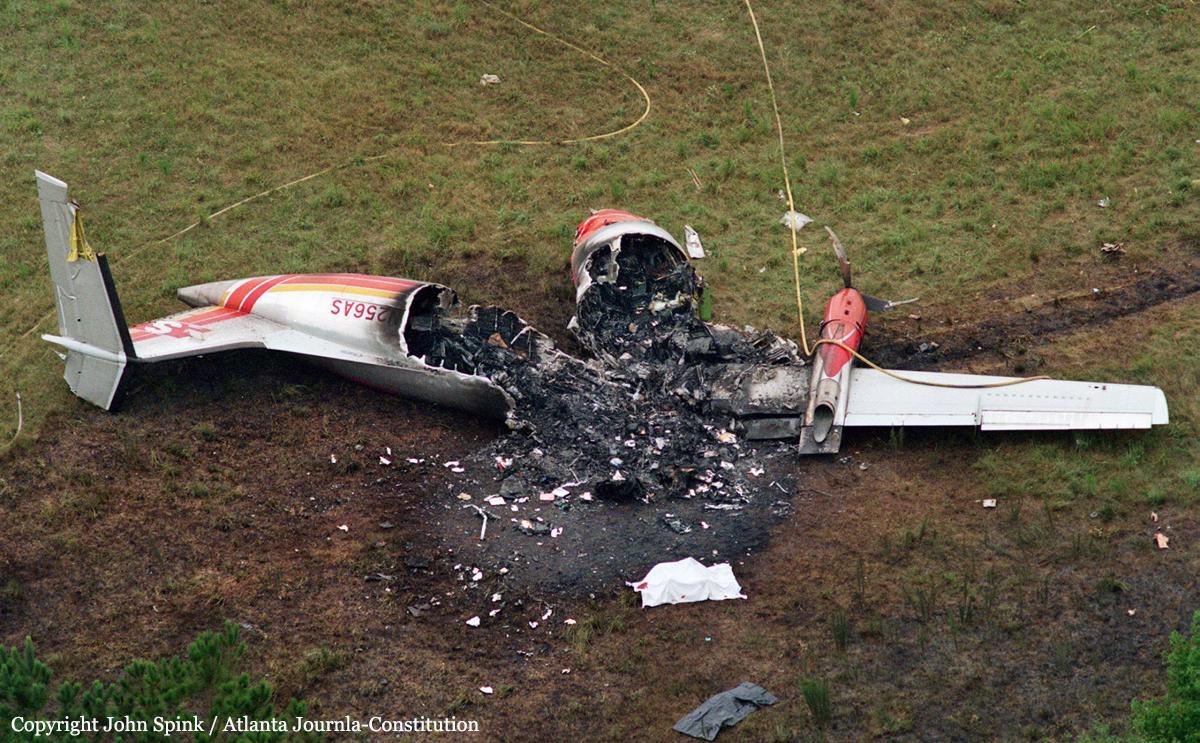
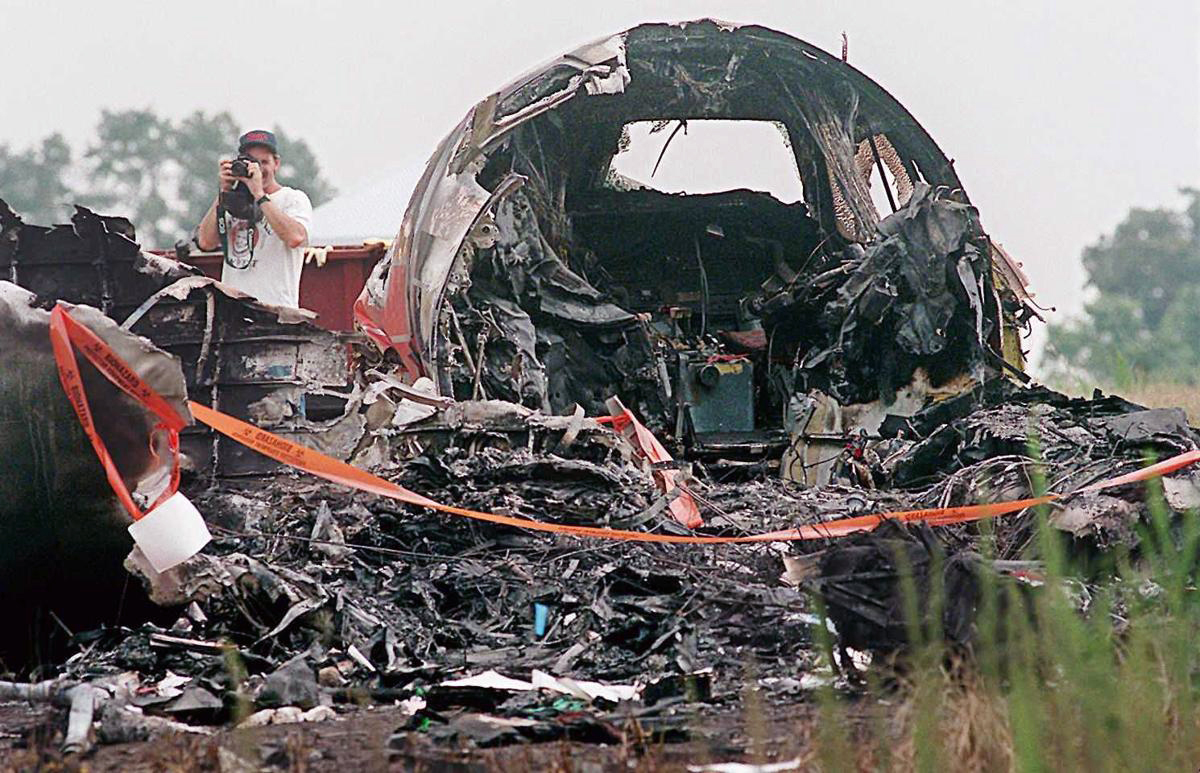
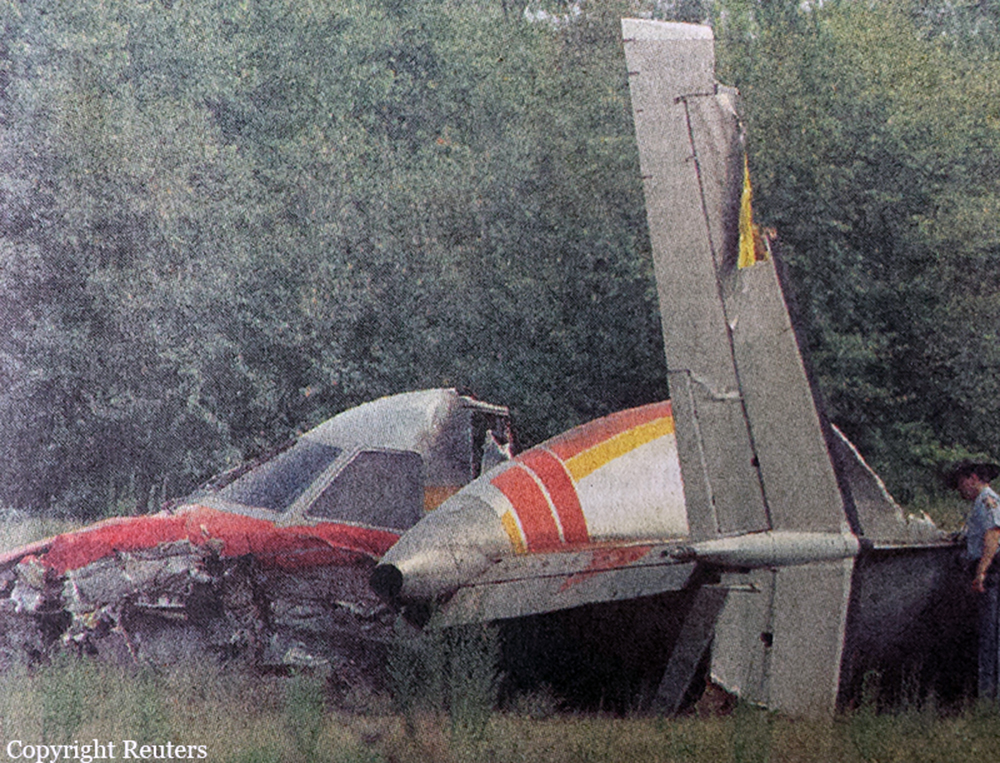
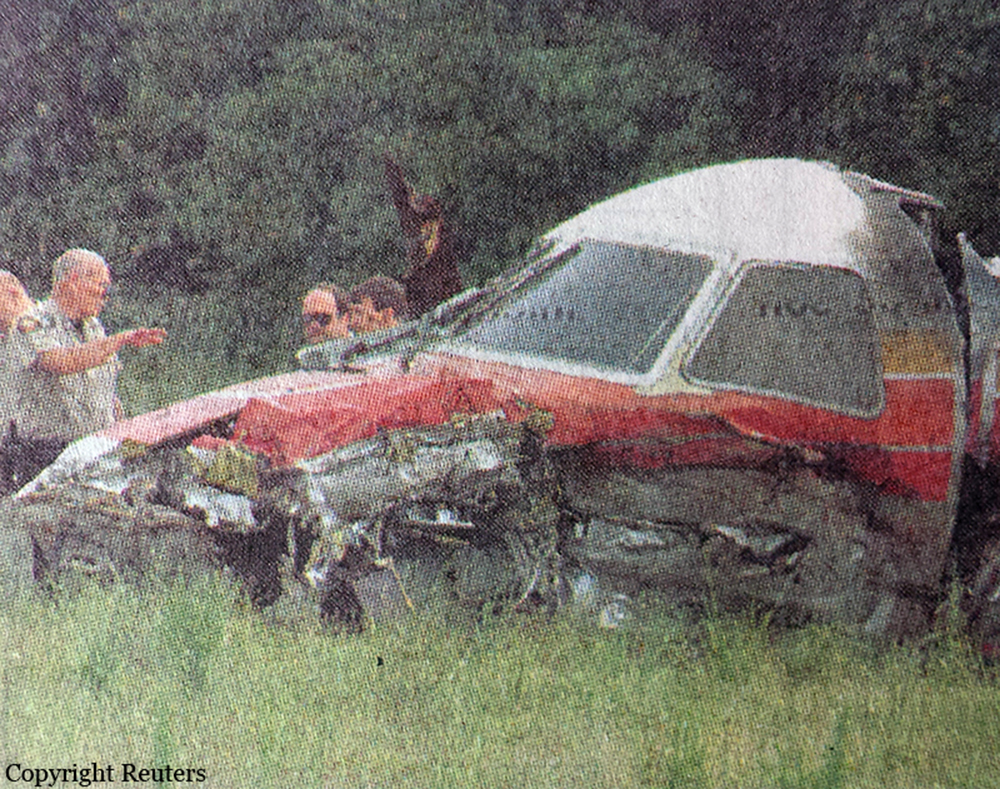
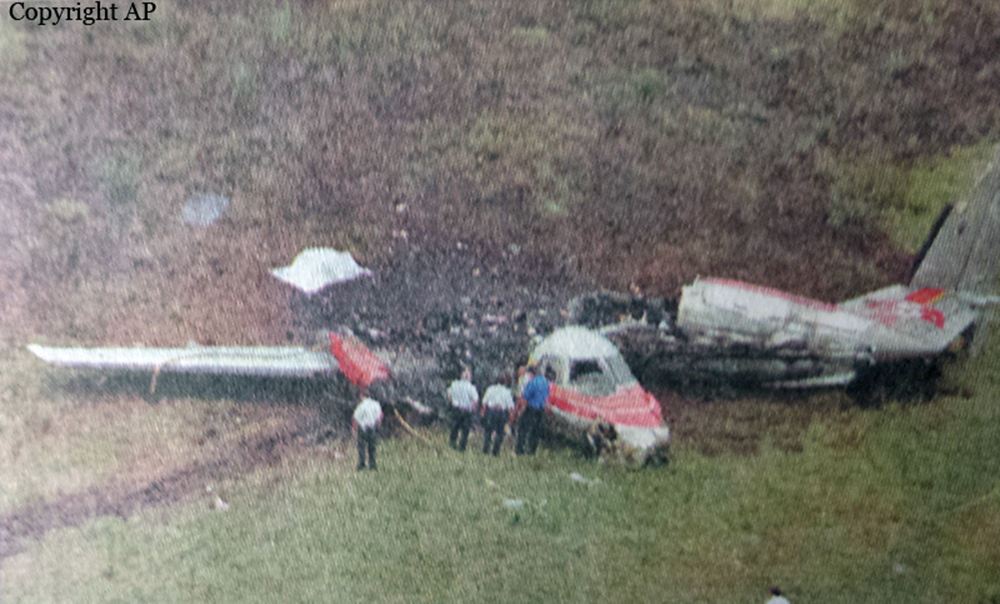
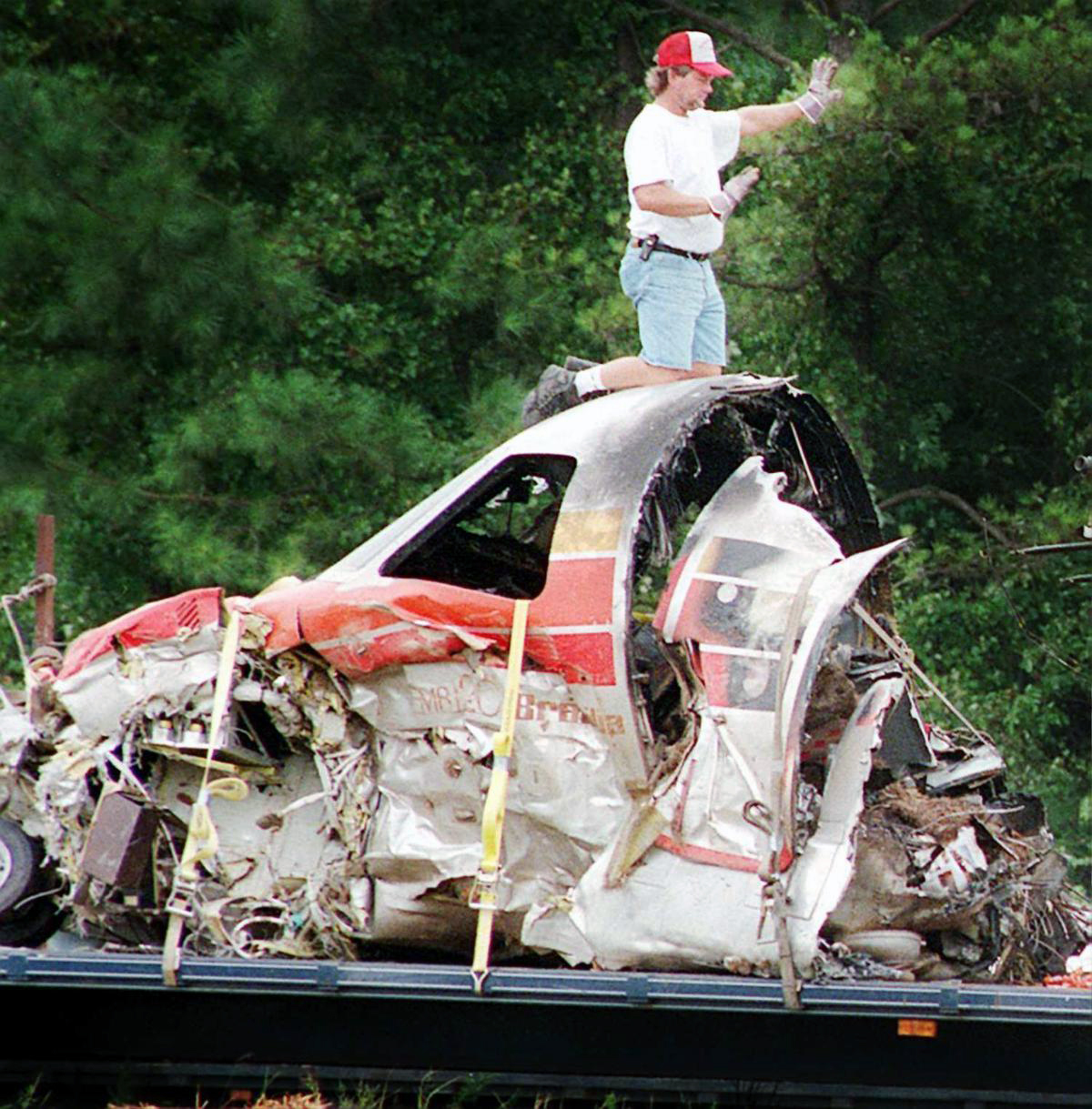
Crash of an Embraer EMB-120RT Brasilía in Brunswick: 23 killed
Date & Time:
Apr 5, 1991 at 1451 LT
Registration:
N270AS
Survivors:
No
Schedule:
Atlanta - Brunswick
MSN:
120-218
YOM:
1990
Flight number:
EV2311
Crew on board:
3
Crew fatalities:
Pax on board:
20
Pax fatalities:
Other fatalities:
Total fatalities:
23
Captain / Total hours on type:
5720.00
Copilot / Total hours on type:
2795
Aircraft flight hours:
816
Aircraft flight cycles:
845
Circumstances:
Witnesses reported that the airplane suddenly turned or rolled left until the wings were perpendicular to the ground. The airplane then fell in a nose-down attitude. Examination of the left propeller components indicated a blade angle of about 3°, while the left propeller control unit (pcu) ballscrew position was consistent with a commanded blade angle of 79.2°. Extreme wear on the pcu quill spline teeth, which normally engaged the titanium-nitrided splines of the propeller transfer tube, was found. The titanium-nitrided surface was much harder and rougher than the nitrided surface of the quill. Therefore, the transfer tube splines acted like a file and caused abnormal wear of the gear teeth on the quill. Wear of the quill was not considered during the certification of the propeller system. The aircraft was totally destroyed upon impact and all 23 occupants were killed, among them John Goodwin Tower, Senator of Texas and the astronaut Manley Sonny Carter.
Probable cause:
The loss of control in flight as a result of a malfunction of the left engine propeller control unit which allowed the propeller blade angles to go below the flight idle position. Contributing to the accident was the deficient design of the propeller control unit by hamilton standard and the approval of the design by the federal aviation administration. The design did not correctly evaluate the failure mode that occurred during this flight, which resulted in an uncommanded and uncorrectable movement of the blades of the airplane's left propeller below the flight idle position.
Final Report:
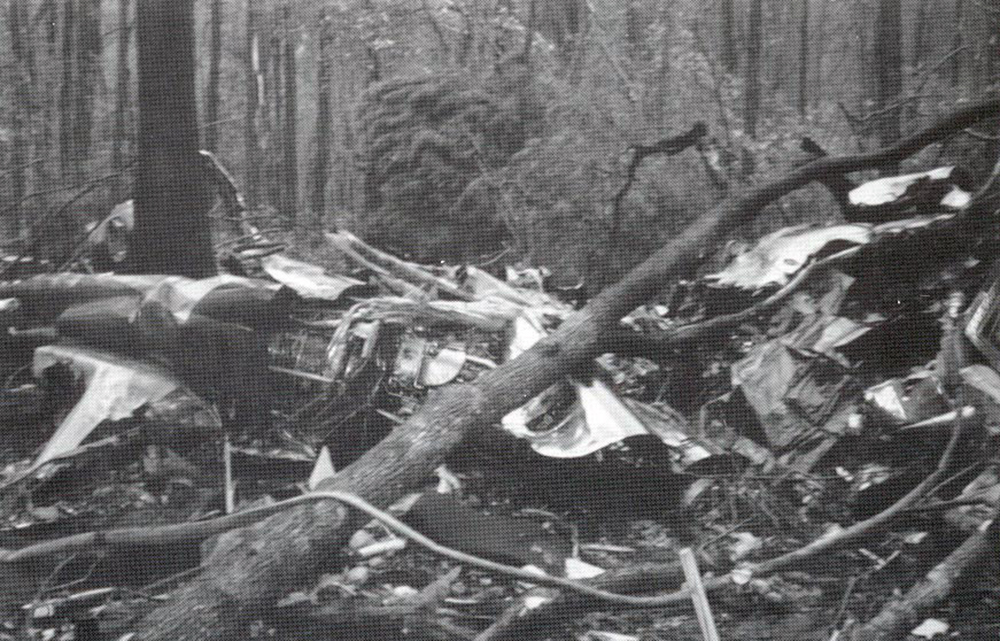
Crash of an Embraer EMB-110P1 Bandeirante in Lawton
Date & Time:
May 24, 1988 at 1454 LT
Registration:
N65DA
Survivors:
Yes
Schedule:
Lawton - Dallas
MSN:
110-389
YOM:
1982
Crew on board:
2
Crew fatalities:
Pax on board:
6
Pax fatalities:
Other fatalities:
Total fatalities:
0
Captain / Total hours on type:
483.00
Aircraft flight hours:
13005
Circumstances:
The number one (left) engine failed during the takeoff from runway 35. It was reported that the aircraft yawed sharply left and climbed to between 50 and 100 feet agl before it began losing altitude. The aircraft struck the ground and continued to move forward on the ground several hundred feet until it struck the airport perimeter fence. The aircraft came to rest 1,600 feet west of the runway, on a heading of 290°. A post-crash fire destroyed the cargo area of the aircraft. Examination of the left engine revealed a compressor turbine blade airfoil separation. Disassembly of the propeller on the left engine indicated that the propeller had autofeathered normally after the engine failed. The captain reportedly made the takeoff. All eight occupants were injured, two seriously. The aircraft was damaged beyond repair.
Probable cause:
Occurrence #1: loss of engine power (total) - mech failure/malf
Phase of operation: takeoff - initial climb
Findings
1. 1 engine
2. (f) compressor assembly, blade - previous damage
3. (f) compressor assembly, blade - overtemperature
4. (f) compressor assembly, blade - separation
5. Propeller feathering - performed
----------
Occurrence #2: in flight collision with terrain/water
Phase of operation: takeoff - initial climb
Findings
6. (c) emergency procedure - improper - pilot in command
7. (c) directional control - not maintained - pilot in command
8. Object - fence
Phase of operation: takeoff - initial climb
Findings
1. 1 engine
2. (f) compressor assembly, blade - previous damage
3. (f) compressor assembly, blade - overtemperature
4. (f) compressor assembly, blade - separation
5. Propeller feathering - performed
----------
Occurrence #2: in flight collision with terrain/water
Phase of operation: takeoff - initial climb
Findings
6. (c) emergency procedure - improper - pilot in command
7. (c) directional control - not maintained - pilot in command
8. Object - fence
Final Report:
Crash of an Embraer EMB-120RT Brasília near Mantiqueira: 5 killed
Date & Time:
Sep 19, 1986 at 1515 LT
Registration:
N219AS
Survivors:
No
Schedule:
São Jose dos Campos - Brasília - Manaus - Caracas - Fort Lauderdale - Atlanta
MSN:
120-019
YOM:
1986
Crew on board:
2
Crew fatalities:
Pax on board:
3
Pax fatalities:
Other fatalities:
Total fatalities:
5
Aircraft flight hours:
12
Circumstances:
Brand new, the aircraft was took over by ASA crew to be delivered to Atlanta, Georgia. He was cleared by the São José Tower controller to follow the 010° radial to the SJC VOR, and cross the VOR at 5,000 feet. Some time after takeoff São José Tower instructed the flight to climb to FL280 out of 5,000 feet and intercept the 352 radial of the SJC VOR. The flight crew failed to follow the instructions and continued at an altitude of 5,000 feet. In limited visibility due to low clouds, the airplane struck the slope of a mountain located in the Mantiqueira Mountain Range. The wreckage was found 700 feet below the summit. All five occupants were killed.
Probable cause:
The following findings were reported:
- The pilots did not plan the flight properly, though there was an AIS room with the necessary sources of consultation. Maintaining altitude of 5000 feet for too long a time, subject to the minimum safe altitudes in the are area in the available publications, and the discrepancies found in the flight plan confirm this thesis.
- The pilot did not properly collated the guidelines issued by the tower and remained incompatible altitude with instructions issued by the control.
- There are strong indications that the flight proceeded under instrument flight conditions.
- There was no proper coordination between the ACC BS and TWR SJ regarding the transference and control of the air traffic nor did TWR SJ requested receipt of the messages.
- The pilots did not plan the flight properly, though there was an AIS room with the necessary sources of consultation. Maintaining altitude of 5000 feet for too long a time, subject to the minimum safe altitudes in the are area in the available publications, and the discrepancies found in the flight plan confirm this thesis.
- The pilot did not properly collated the guidelines issued by the tower and remained incompatible altitude with instructions issued by the control.
- There are strong indications that the flight proceeded under instrument flight conditions.
- There was no proper coordination between the ACC BS and TWR SJ regarding the transference and control of the air traffic nor did TWR SJ requested receipt of the messages.
